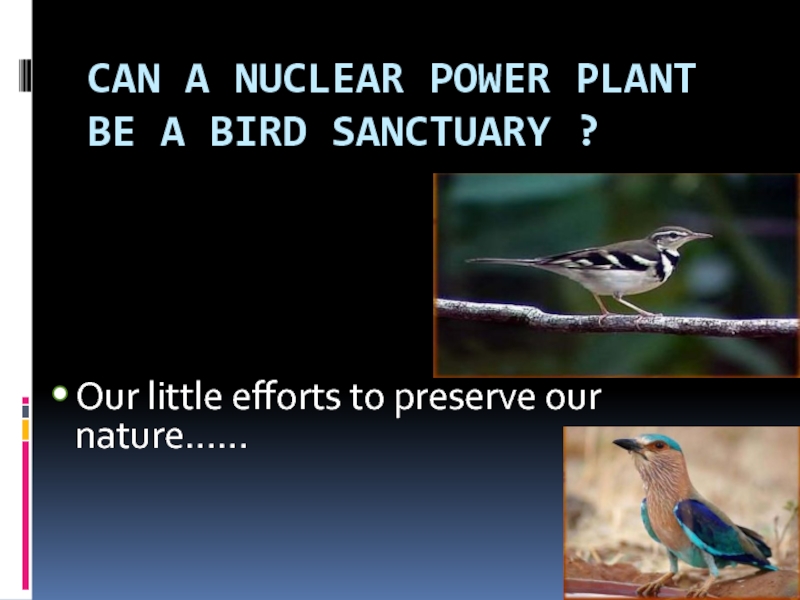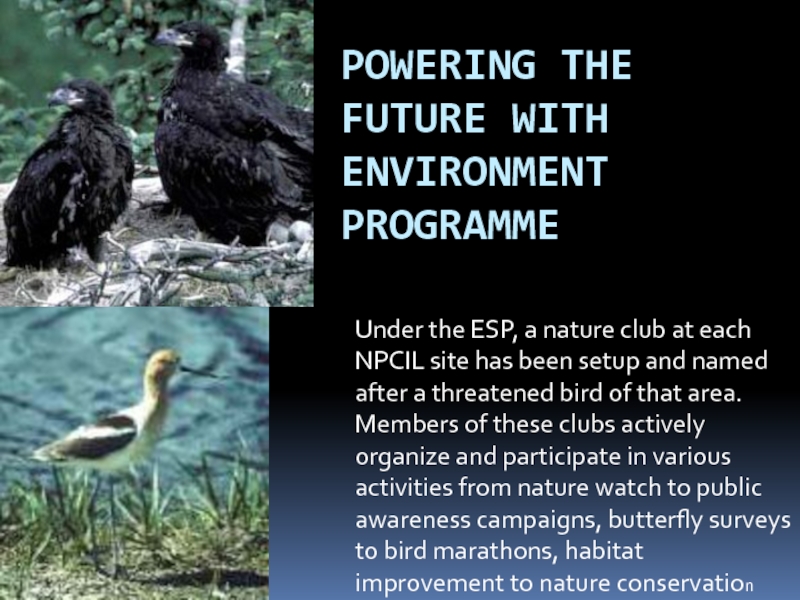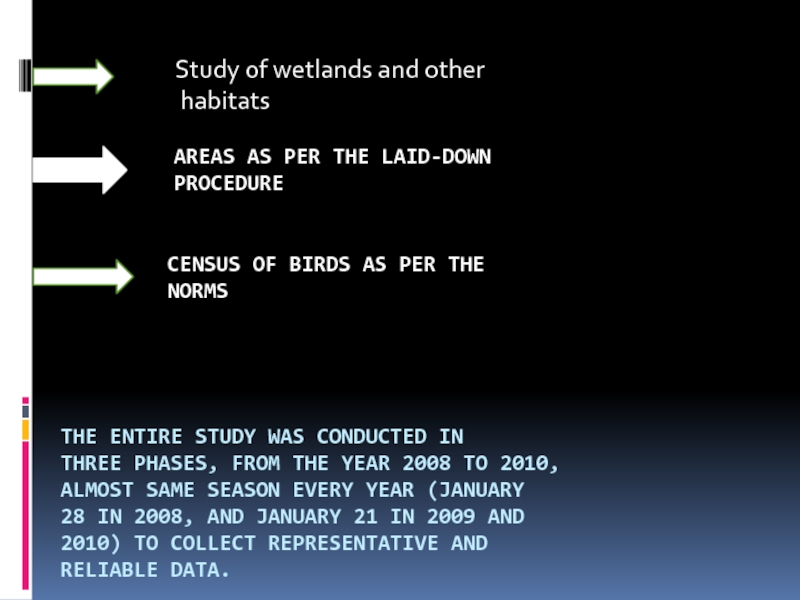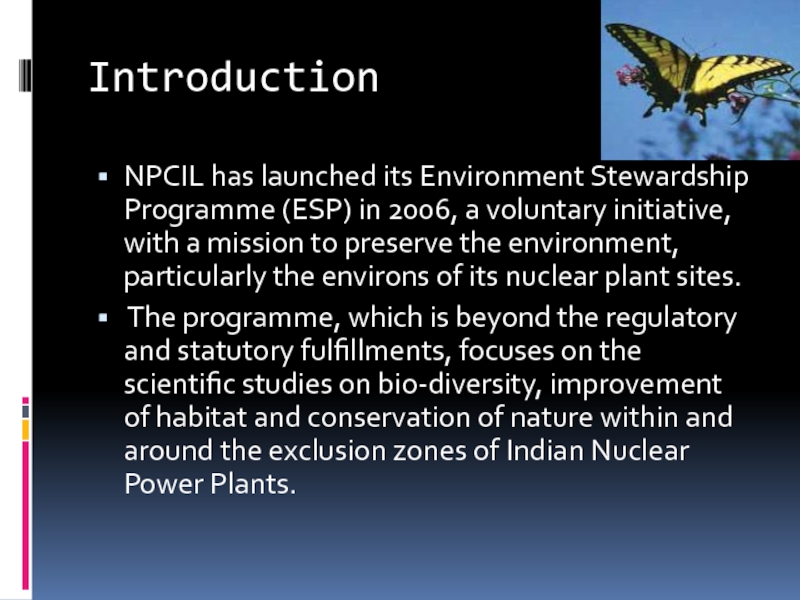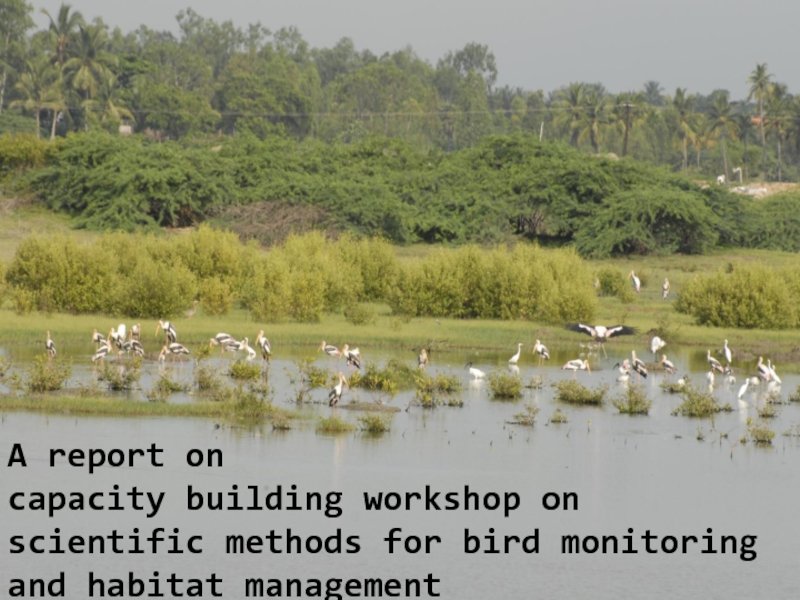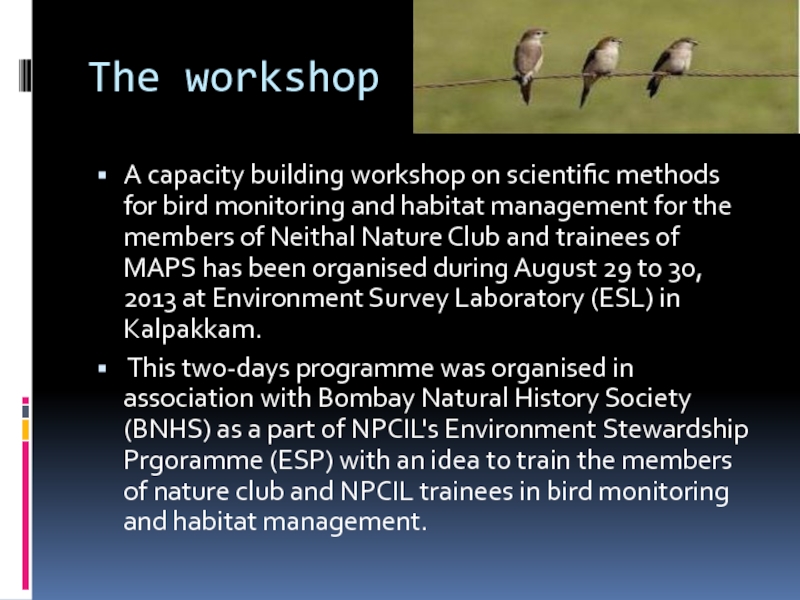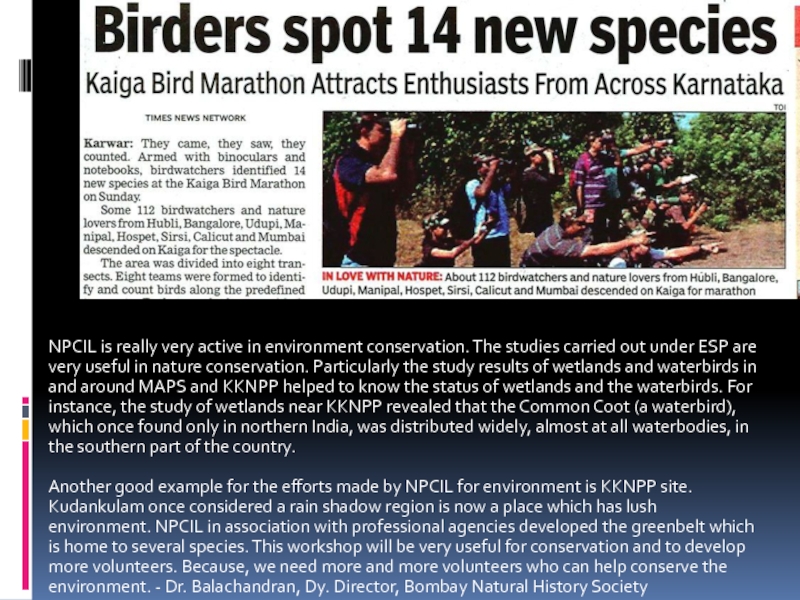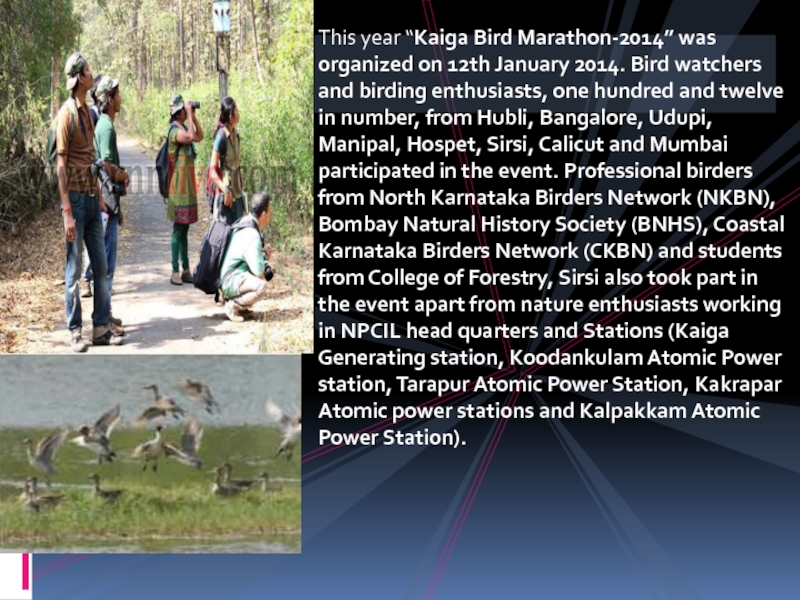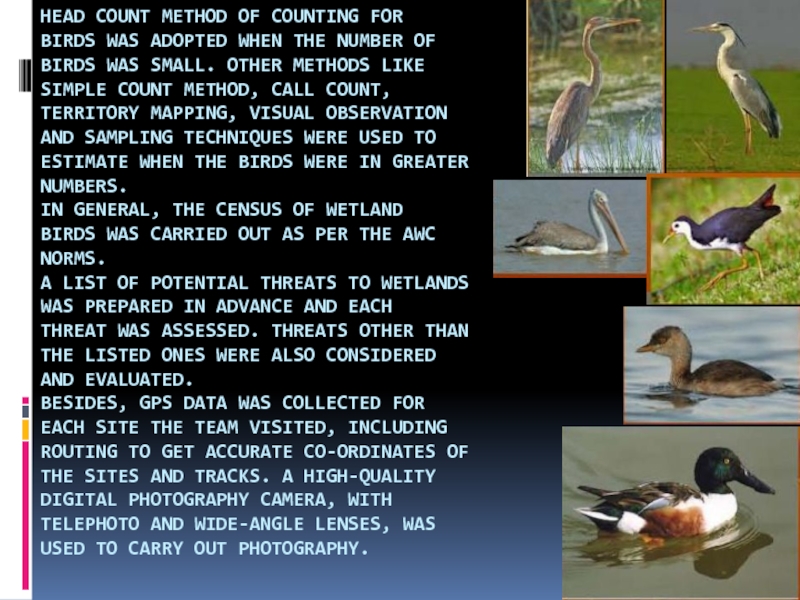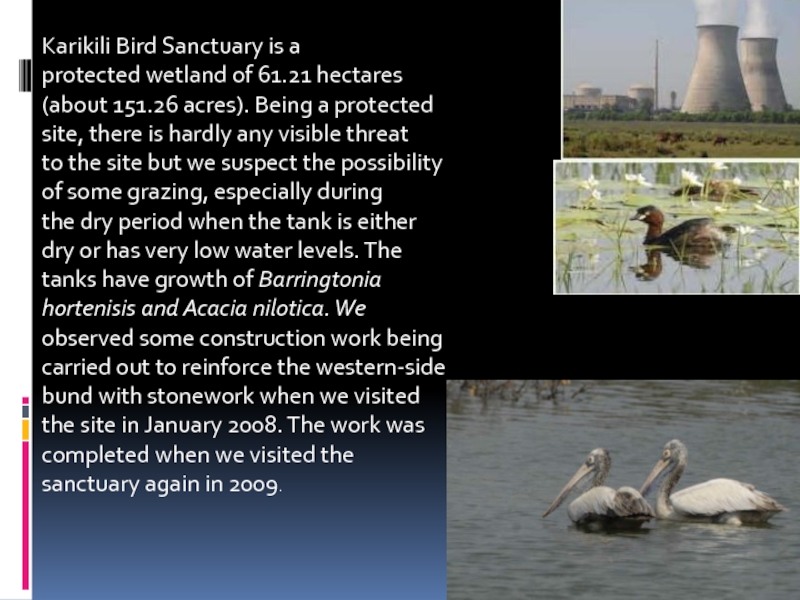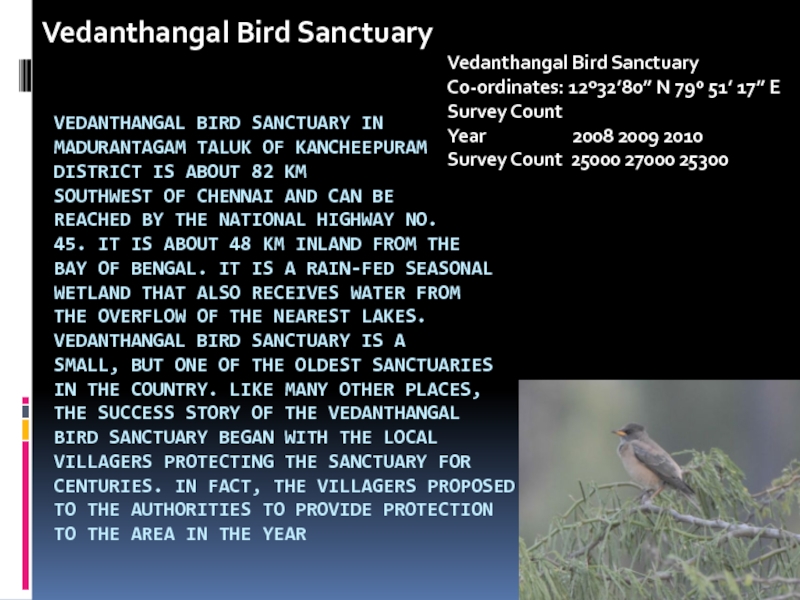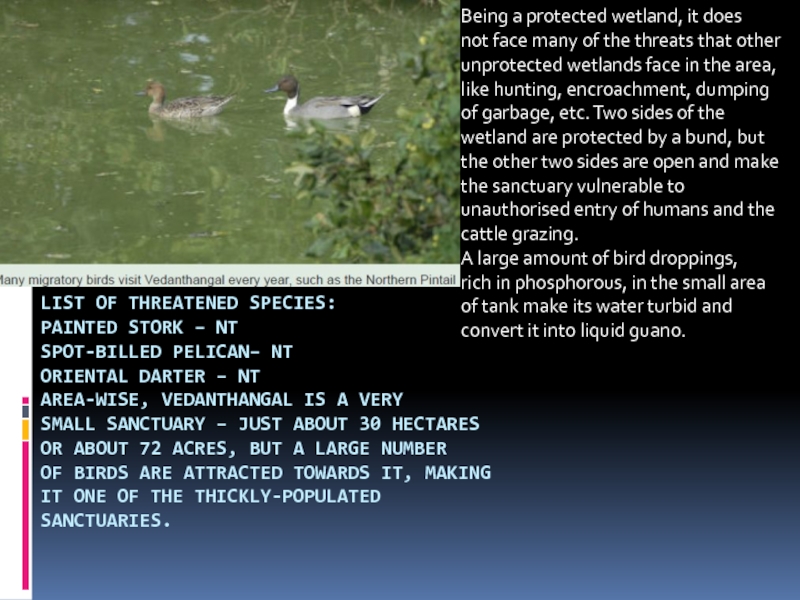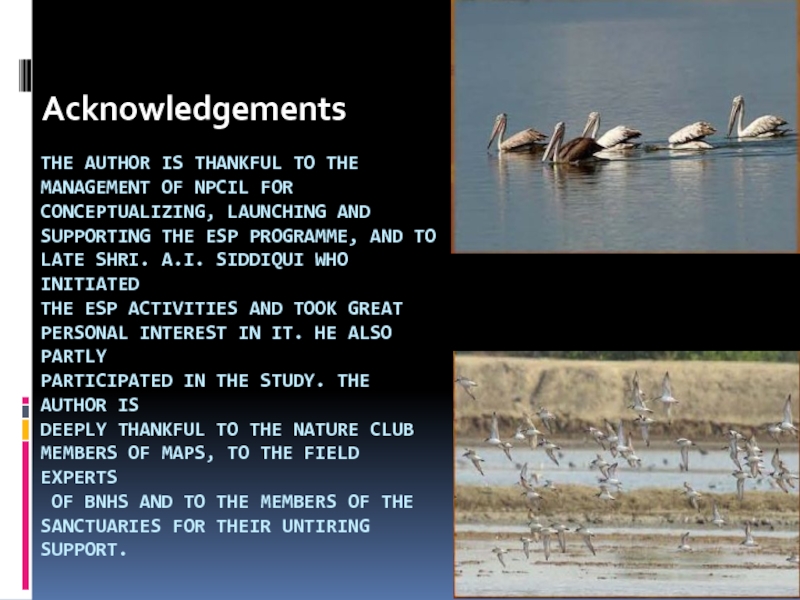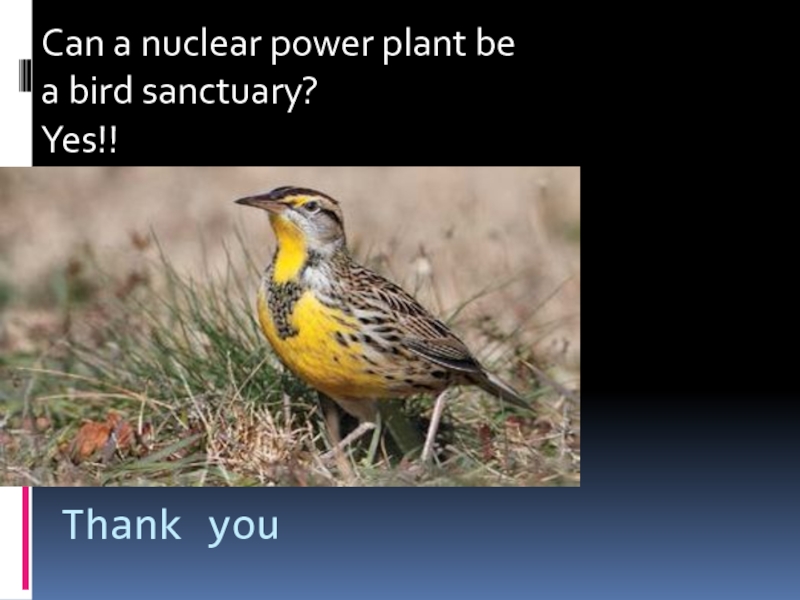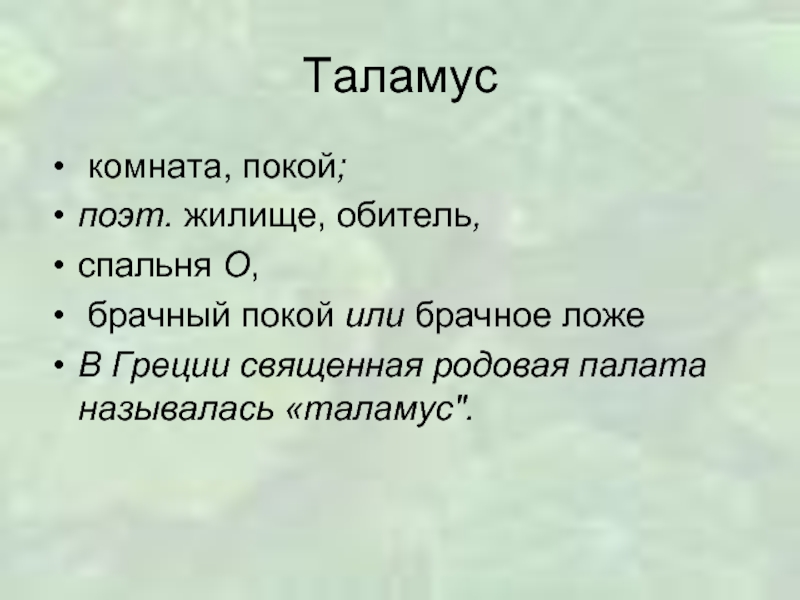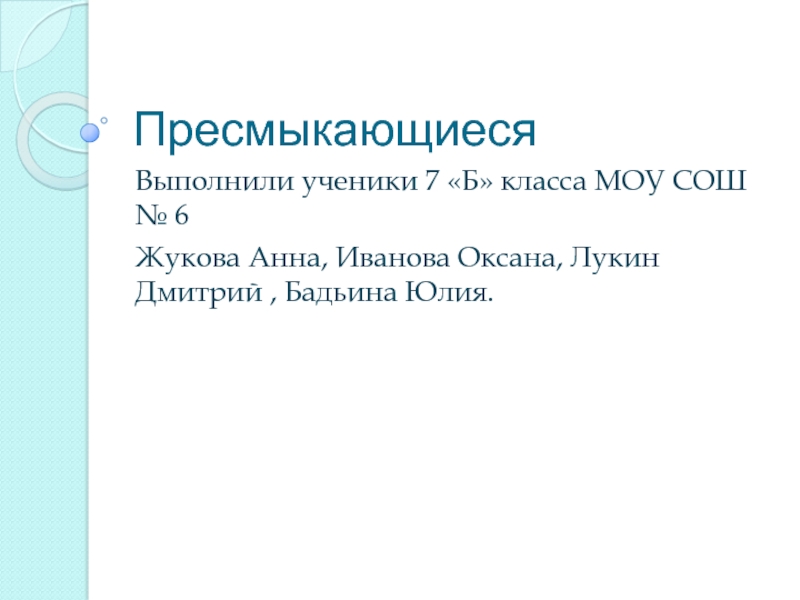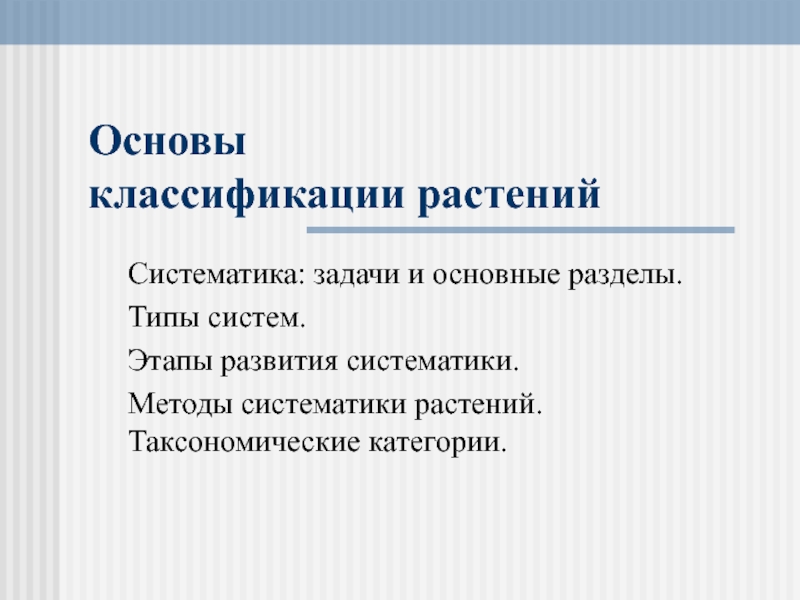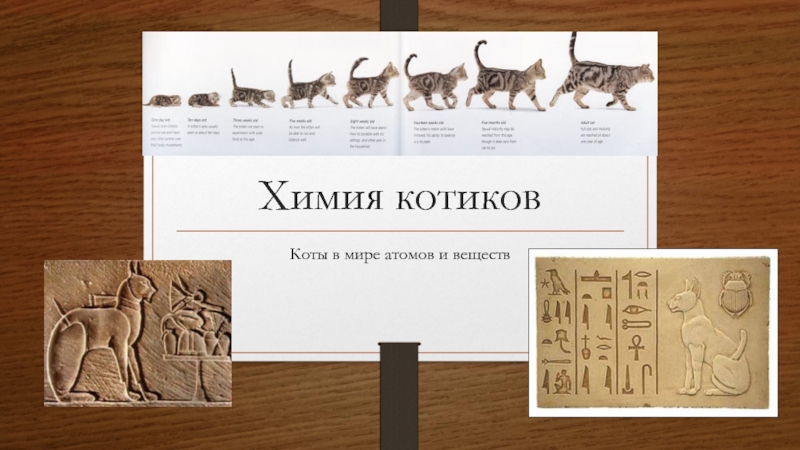- Главная
- Разное
- Дизайн
- Бизнес и предпринимательство
- Аналитика
- Образование
- Развлечения
- Красота и здоровье
- Финансы
- Государство
- Путешествия
- Спорт
- Недвижимость
- Армия
- Графика
- Культурология
- Еда и кулинария
- Лингвистика
- Английский язык
- Астрономия
- Алгебра
- Биология
- География
- Детские презентации
- Информатика
- История
- Литература
- Маркетинг
- Математика
- Медицина
- Менеджмент
- Музыка
- МХК
- Немецкий язык
- ОБЖ
- Обществознание
- Окружающий мир
- Педагогика
- Русский язык
- Технология
- Физика
- Философия
- Химия
- Шаблоны, картинки для презентаций
- Экология
- Экономика
- Юриспруденция
Can a nuclear power plant be a bird sanctuary ? презентация
Содержание
- 1. Can a nuclear power plant be a bird sanctuary ?
- 2. POWERING THE FUTURE WITH ENVIRONMENT PROGRAMME
- 4. Introduction NPCIL has launched its Environment Stewardship
- 5. A report on capacity building
- 6. The workshop A capacity building workshop on
- 7. NPCIL is really very active in
- 8. KAIGA GENERATING STATION (KGS)
- 9. This year “Kaiga Bird Marathon-2014” was organized
- 10. The area in and around Kaiga was
- 11. NUCLEAR POWER CORPORATION OF INDIA LIMITED (NPCIL),
- 12. HEAD COUNT METHOD OF COUNTING FOR BIRDS
- 13. THE SANCTUARY IS LOCATED ABOUT 86 KM
- 14. Karikili Bird Sanctuary is a protected
- 15. SEVERAL SPECIES OF BIRDS, PARTICULARLY SPOT-BILLED PELICAN,
- 16. In the year 2008, we observed
- 17. VEDANTHANGAL BIRD SANCTUARY IN MADURANTAGAM TALUK OF
- 18. LIST OF THREATENED SPECIES: PAINTED STORK
- 19. THE AUTHOR IS THANKFUL TO THE MANAGEMENT
- 20. Thank you Can a nuclear power plant be a bird sanctuary? Yes!!
Слайд 2POWERING THE FUTURE WITH ENVIRONMENT PROGRAMME
Under the ESP, a nature club
Слайд 3
Study of wetlands and other
habitats
AREAS AS PER THE LAID-DOWN PROCEDURE
CENSUS OF BIRDS AS PER THE
NORMS
Слайд 4Introduction
NPCIL has launched its Environment Stewardship Programme (ESP) in 2006, a
The programme, which is beyond the regulatory and statutory fulfillments, focuses on the scientific studies on bio-diversity, improvement of habitat and conservation of nature within and around the exclusion zones of Indian Nuclear Power Plants.
Слайд 5 A report on capacity building workshop on scientific methods for bird
Слайд 6The workshop
A capacity building workshop on scientific methods for bird monitoring
This two-days programme was organised in association with Bombay Natural History Society (BNHS) as a part of NPCIL's Environment Stewardship Prgoramme (ESP) with an idea to train the members of nature club and NPCIL trainees in bird monitoring and habitat management.
Слайд 7
NPCIL is really very active in environment conservation. The studies carried
Another good example for the efforts made by NPCIL for environment is KKNPP site. Kudankulam once considered a rain shadow region is now a place which has lush environment. NPCIL in association with professional agencies developed the greenbelt which is home to several species. This workshop will be very useful for conservation and to develop more volunteers. Because, we need more and more volunteers who can help conserve the environment. - Dr. Balachandran, Dy. Director, Bombay Natural History Society
Слайд 8 KAIGA GENERATING STATION (KGS) HAS BEEN ORGANIZING KAIGA BIRD MARATHON, AN
Kaiga Bird Marathon – 2014
Kaiga – Mallapur 14th January 2014
Слайд 9This year “Kaiga Bird Marathon-2014” was organized on 12th January 2014.
Слайд 10The area in and around Kaiga was divided into eight transects.
Слайд 11NUCLEAR POWER CORPORATION OF INDIA LIMITED (NPCIL), UNDER ITS ENVIRONMENT STEWARDSHIP PROGRAMME (ESP), HAS
Survey of Important Bird Areas and
Census of Birds
Слайд 12HEAD COUNT METHOD OF COUNTING FOR BIRDS WAS ADOPTED WHEN THE NUMBER
Слайд 13THE SANCTUARY IS LOCATED ABOUT 86 KM SOUTH OF CHENNAI CITY AND
M O N I T O R I N G A N D C O N S E R VAT I O N
Karikili Bird Sanctuary
Co-ordinates: 12º36’04” N 79º 50’ 50” E
Survey Count
Year 2008 2009 2010
Total Count 6250 200 150
Слайд 14
Karikili Bird Sanctuary is a
protected wetland of 61.21 hectares
(about 151.26 acres).
site, there is hardly any visible threat
to the site but we suspect the possibility
of some grazing, especially during
the dry period when the tank is either
dry or has very low water levels. The
tanks have growth of Barringtonia
hortenisis and Acacia nilotica. We
observed some construction work being
carried out to reinforce the western-side
bund with stonework when we visited
the site in January 2008. The work was
completed when we visited the
sanctuary again in 2009.
Слайд 15SEVERAL SPECIES OF BIRDS, PARTICULARLY SPOT-BILLED PELICAN, LARGE CORMORANT, MEDIAN EGRET, CATTLE EGRET,
Karikili Bird Sanctuaries
Слайд 16In the year 2008, we observed
about 6000
to over 40 species. We observed
80 individuals of Spot-billed Pelicans
at the sanctuary. It was reported by
Mr. Murugan, stationed at the
sanctuary, that the population of
Black-crowned Night-heron has been
increasing steadily. But, when we visited
the site a year after, i.e., in 2009 winter,
we were quite a bit shaken
to observe that only about 200
birds of 12 species were seen. Even in
the next winter (2010) we witnessed
only about 150 birds.
One of the major reasons for the
discarding of the site could be the low
water level in the tank due to less rainfall.
Karikili and Vedanthangal bird
sanctuaries, leading to a second cycle
of breeding of some species
Слайд 17VEDANTHANGAL BIRD SANCTUARY IN MADURANTAGAM TALUK OF KANCHEEPURAM DISTRICT IS ABOUT 82 KM SOUTHWEST
Vedanthangal Bird Sanctuary
Vedanthangal Bird Sanctuary
Co-ordinates: 12º32’80” N 79º 51’ 17” E
Survey Count
Year 2008 2009 2010
Survey Count 25000 27000 25300
Слайд 18
LIST OF THREATENED SPECIES:
PAINTED STORK – NT
SPOT-BILLED PELICAN– NT
ORIENTAL DARTER –
Being a protected wetland, it does
not face many of the threats that other
unprotected wetlands face in the area,
like hunting, encroachment, dumping
of garbage, etc. Two sides of the
wetland are protected by a bund, but
the other two sides are open and make
the sanctuary vulnerable to
unauthorised entry of humans and the
cattle grazing.
A large amount of bird droppings,
rich in phosphorous, in the small area
of tank make its water turbid and
convert it into liquid guano.
Слайд 19THE AUTHOR IS THANKFUL TO THE MANAGEMENT OF NPCIL FOR CONCEPTUALIZING, LAUNCHING AND SUPPORTING
Acknowledgements
